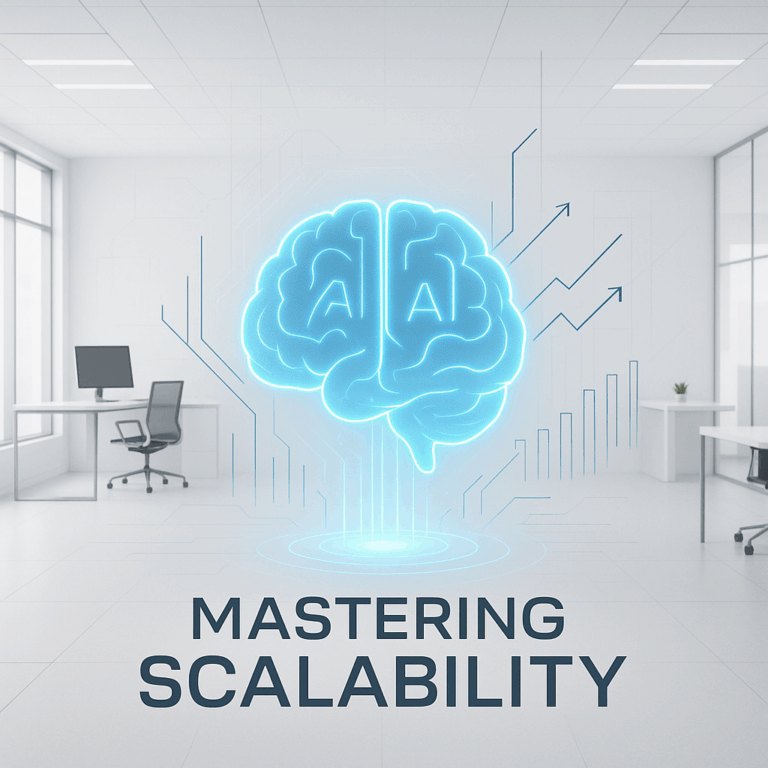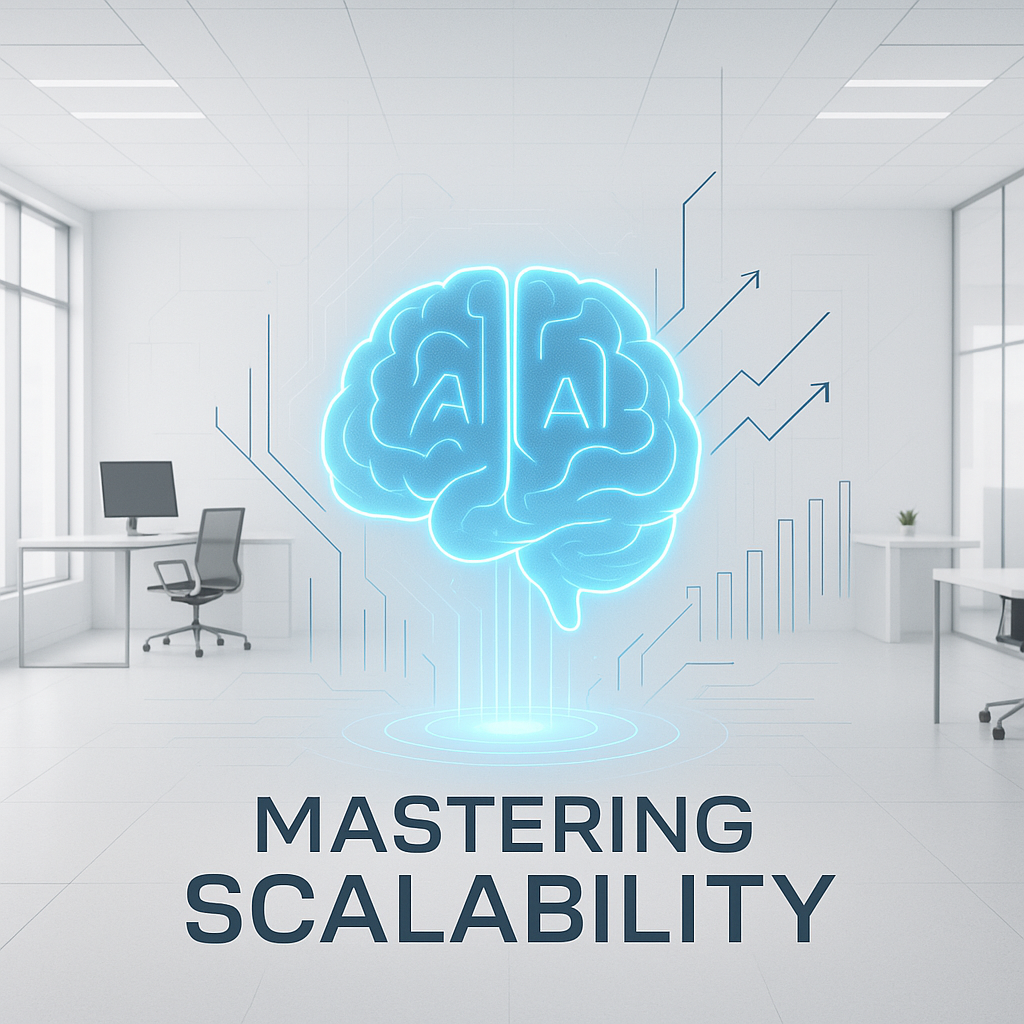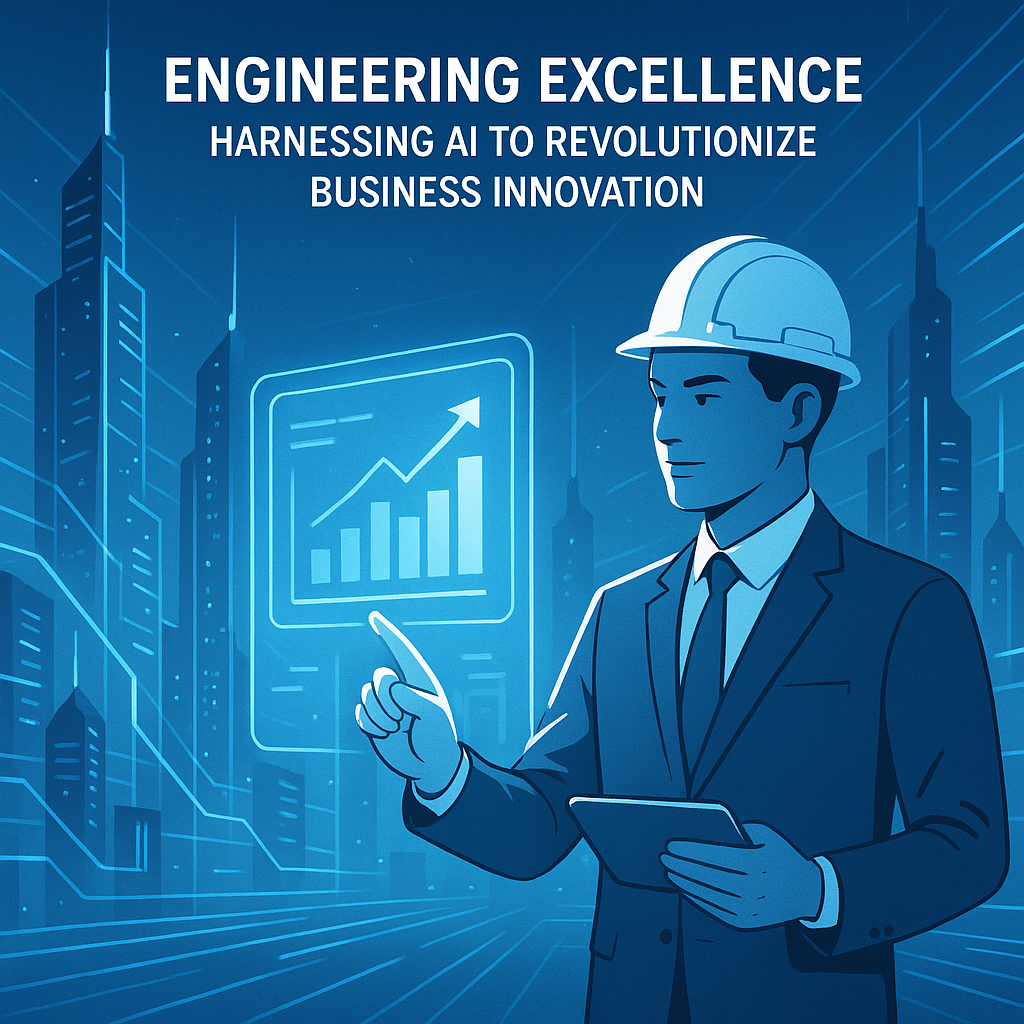Setting the Stage for Scalable AI-Driven Systems
Artificial intelligence (AI) has transformed from a buzzword to a foundational technology shaping the future of computing, business strategy, and technology management. As organizations increasingly rely on AI-driven systems to enhance business operations, marketing, robotics, and customer experiences, the demand for scalable AI development grows exponentially. Scalability in AI ensures that solutions not only handle growing volumes of data but also adapt fluidly as business needs evolve and technology trends shift.
Successfully scaling AI is more than just adding computational resources; it requires a harmonious blend of software development best practices, robust systems design, and foresight into both engineering and business imperatives. This article delves into the core strategies and nuances that empower programmers and technology leaders to build scalable, resilient, and business-aligned AI solutions.
Prioritizing Modular and Flexible Systems Design

A fundamental principle in scalable AI development is designing modular architectures that encapsulate distinct functionalities. By decomposing AI projects into loosely coupled components—such as data ingestion, feature engineering, model training, and prediction services—development teams create systems that are easier to maintain, test, and evolve.
This compartmentalization aligns with agile programming methodologies and enhances collaboration across multidisciplinary teams, including engineers focused on machine learning pipelines and business analysts shaping requirements for marketing or robotics applications.
Flexibility extends to adopting standardized interfaces and APIs, enabling seamless integration with existing business operations and external technology platforms. In doing so, organizations can incrementally enhance AI capabilities, exploring emerging technology trends without disrupting core services.
Data Pipeline Engineering for Sustainable Growth
Scalability hinges significantly on data management. AI’s effectiveness is directly proportional to the quantity and quality of data it consumes. Engineering scalable data pipelines demands automation of data collection, cleaning, transformation, and storage with an emphasis on robustness and fault tolerance.
Tools and frameworks that support distributed processing—such as Apache Spark or cloud-native services—are vital for managing big data influxes in real-time robotics or marketing systems. Implementing data versioning and governance protocols ensures consistent datasets for machine learning training, which prevents model drift and supports reproducibility.
From a business perspective, a well-crafted data pipeline translates into reliable insights and AI outputs that fuel innovation. Executing these pipelines efficiently offsets costs related to storage and computation, optimizing technology management budgets.
Efficient Model Development and Deployment Strategies
Developers should embrace iterative model development intertwined with continuous integration and deployment (CI/CD) pipelines tailored for AI workloads. Traditional CI/CD must be augmented with model validation checkpoints, fairness assessments, and performance monitoring to address AI-specific challenges.
Containerization and orchestration platforms like Docker and Kubernetes facilitate scalable deployment by enabling distributed inference across cloud or on-premises clusters. This infrastructure supports dynamic scaling, allowing AI services to respond to variable loads intrinsic to business operations, such as peak demand periods in marketing campaigns or spikes in data from robotics sensors.
Achieving scalability in AI model training can be complemented by techniques like transfer learning and federated learning, which reduce compute costs and preserve data privacy, thereby aligning with both engineering efficiency and business compliance needs.
Balancing Scalability with Usability in AI Systems
While scalability often focuses on backend infrastructure and data processing, user experience cannot be overlooked. Scalable AI must empower end-users—whether internal stakeholders in business innovation or external customers—without sacrificing interface simplicity and responsiveness.
This user-centric perspective encourages developers to collaborate closely with product teams, applying empathetic design principles. Intuitive dashboards, explainable AI outputs, and responsive systems foster trust and adoption, which are essential for scaling AI beyond pilot projects to enterprise-wide deployment.
Integrating real-time feedback loops from users can guide incremental enhancements, ensuring the AI system evolves in concert with business goals and technology trends.
Embedding Scalability in Business Strategy and Operations
Scalable AI development is most impactful when embedded within a comprehensive business strategy. Decision-makers must align technology investments with long-term innovation goals and operational workflows. AI initiatives should not be isolated projects but rather integral components of broader technology management policies that prioritize scalability.
This strategic alignment enables organizations to harness AI for transforming business domains, from optimizing supply chains with robotics to boosting marketing effectiveness through predictive analytics. Furthermore, it encourages cross-departmental collaborations, fostering a culture where engineering teams and business units jointly refine AI solutions to address real-world challenges.
Robust scalability also mitigates risks such as vendor lock-in and technical debt, pivotal considerations for sustaining competitive advantage in the evolving landscape of AI-driven business.
Anticipating the Future of Computing Through Scalable AI
The interplay of scalability and artificial intelligence will define the trajectory of future computing. Emerging paradigms like edge computing, quantum machine learning, and autonomous systems necessitate even more sophisticated scalability frameworks.
Programmers and technology leaders must maintain a forward-looking mindset, continuously experimenting with novel algorithms and system designs to push the boundaries of efficiency and capability. This inquisitive, puzzle-solving approach—much like playing a strategic game of chess—ensures that AI development remains adaptable, innovative, and deeply intertwined with the evolving demands of business innovation.
In summary, mastering scalable AI development requires meticulous attention to modular design, data pipeline engineering, deployment strategies, usability, and strategic integration. When executed thoughtfully, scalable AI not only accelerates business success but also spells a new era of programmable intelligence tailored for a dynamic, AI-enhanced world.



